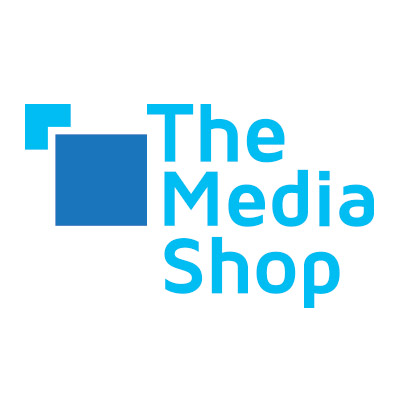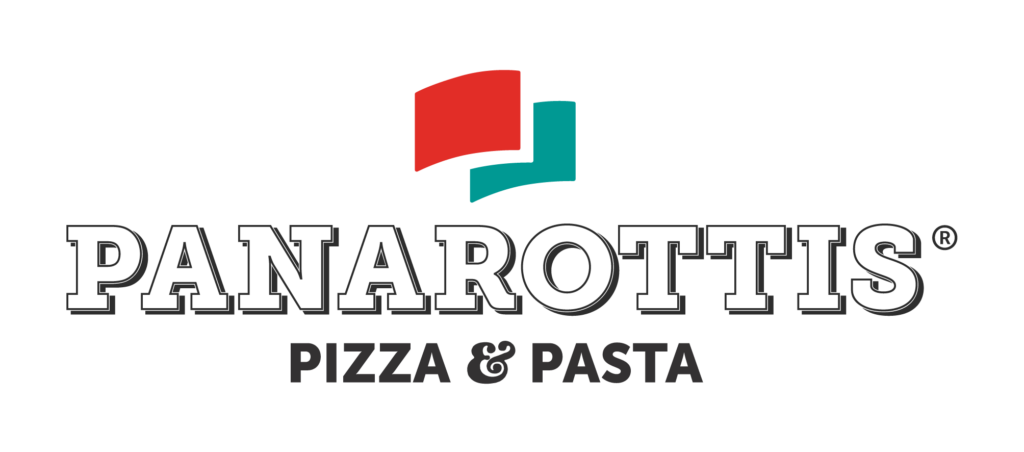
By: Kgavgelo Masenya, Media Planner at The MediaShop.
 I recently went for brunch at a cute new spot with a group of friends, and as foodies we wanted to try a bit of everything, so we ordered quite a few dishes, and once the food arrived guess what we did? Yep, we grabbed our phones to take some pictures. You probably thought I’d say we dug right in, well me too but nope, we all wanted a good angle to document the array of food on our table mainly because it looked really amazing.
I recently went for brunch at a cute new spot with a group of friends, and as foodies we wanted to try a bit of everything, so we ordered quite a few dishes, and once the food arrived guess what we did? Yep, we grabbed our phones to take some pictures. You probably thought I’d say we dug right in, well me too but nope, we all wanted a good angle to document the array of food on our table mainly because it looked really amazing.
Now I’m not one to take a picture of what I eat but it looked so goooood, we had beautifully poached soft egg crab benedict, large portion sticky wings with hand cut fries and crispy chicken on waffles, my mouth waters just thinking about it – but this article isn’t about the food. As I was uploading the picture and updating my status it made me think… damn I really am doing this of my own accord. We’re not getting paid or being offered a discount. We still need to pay this bill, and yet I still felt compelled to share the pictures of my food on my social media platforms. It was then I realised the power of consumer generated content.
User generated content or UGC is simply getting people to freely take a picture, tweet, text or tag about your offering without compensation. This has existed for decades but has recently been taken to a new level thanks to the acceleration of social media, which is great – provided its good content – here’s why:
UGC is the new version of word of mouth.
WOM is what every brand strives for. Get your happy customer to tell someone who will in turn tell someone else that may tell someone else – which should increase chances of purchase. UGC content on social media doesn’t just share information, it also showcases a business through the visuals of food, beauty, sport and other categories.
You get more than you give.
The consumers who do share content from local brands and businesses are doing it out of their own free will, knowing full well that they aren’t going to get anything in return and with very little prompting. These are people who are genuinely enthusiastic brand advocates and who love the product or service, so from a brand point of view, and while no cash was spent, a simple acknowledgment though a user’s re-share or comment will make the day of any business.
It’s organic and spontaneous.
This is probably the main differentiator of UGC and influencer marketing. When it comes to consumer generated content it is spontaneous, timeless and not bound to specific campaigns. UGC will be created as and when consumers engage with a product or brand.
A good example of the power of UGC is the story of the card machine brand YOCO. Established in 2015 to solve the challenge of cashless transactions within small business, they were faced with a major trust barrier. Small businesses were concerned about the credibility and therefore weren’t willing to try it out, and customers didn’t want the risk of losing their money, until the early adopters that did use it, started sharing about it. This provided the necessary credibility and legitimacy needed.
UGC is not limited to tangibles, even media platforms gain relevance due to UGC. Podcasts, websites and blogs for instance are great beneficiaries.
But like everything in life there is good and bad to it. As great as it is, unsatisfied users have the same power. In conclusion, it’s so important to ensure that your brand, product or service is authentically what is being portrayed, because you can guarantee that experiences both positive and negative will be shared online.
PS Louise and Anna is worth a brunch visit.
- Automation and AI: Super-Tools to level up your business - 24th July 2024
- Salesforce Launches First Autonomous AI Agent - 19th July 2024
- WPP champions inclusive creativity at inaugural Unite South Africa Awards during Pride Month - 19th July 2024


